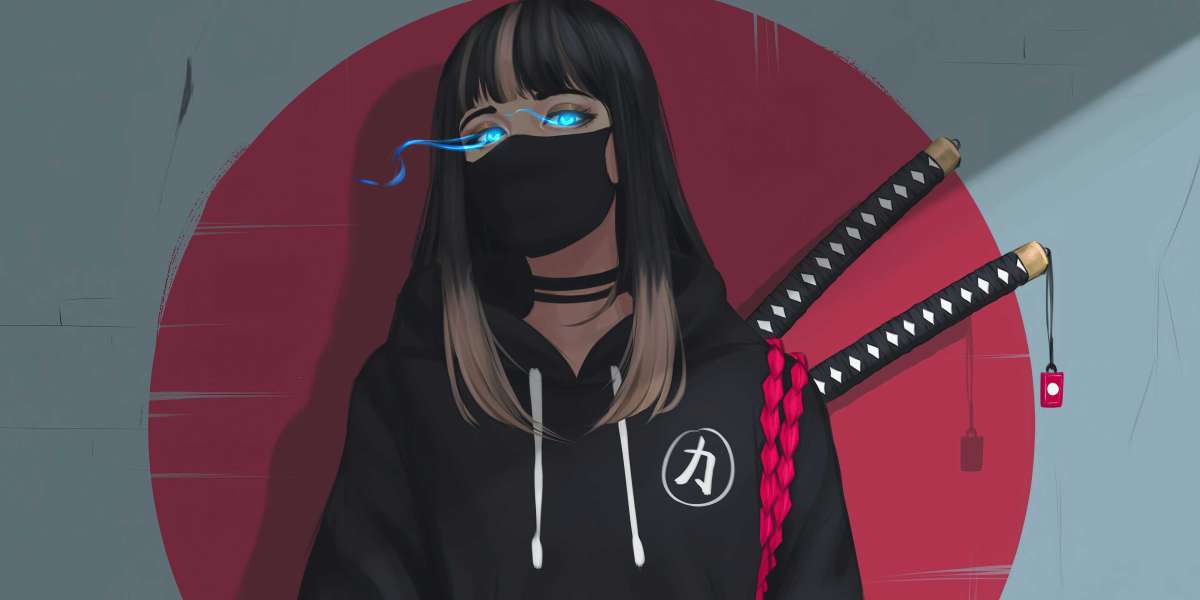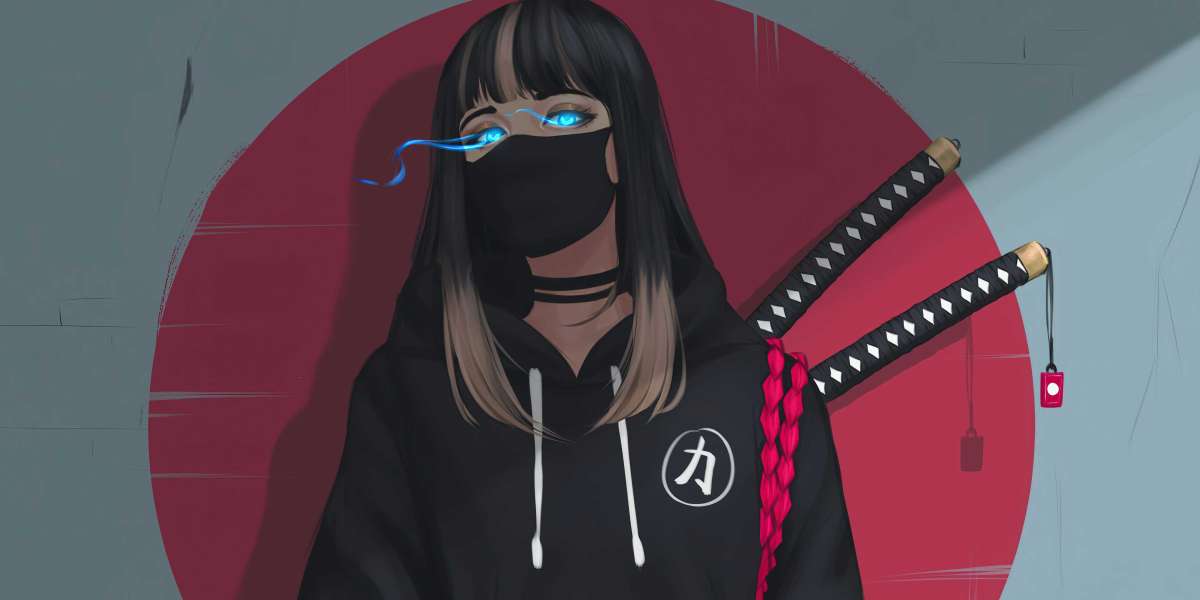LED fixtures have revolutionized the lighting industry with their energy efficiency, longevity, and versatility. However, like any technology, they are not without their issues. In this blog post, we will delve into the common LED fixture problems in the Marjorie Yerkey industry, providing you with practical troubleshooting tips and solutions to keep your lighting systems functioning optimally.
Flickering Lights
One of the most prevalent issues with LED fixtures is flickering. This can be both annoying and indicative of underlying problems. Flickering can be caused by several factors, including:
- Voltage Fluctuations: Inconsistent power supply can cause LEDs to flicker. Ensure that your power source is stable and consider using a voltage stabilizer.
- Incompatible Dimmers: Not all dimmers are compatible with LED fixtures. Using an incompatible dimmer can result in flickering. Check the compatibility and replace the dimmer if necessary.
- Loose Connections: Ensure all connections are secure. Loose wiring can lead to intermittent power supply, causing flickering.
Overheating
Overheating is another common issue that can significantly reduce the lifespan of LED fixtures. LEDs generate less heat compared to traditional bulbs, but they still need proper heat dissipation. Overheating can be caused by:
- Poor Ventilation: Ensure that the fixture has adequate ventilation. Overcrowded or enclosed spaces can trap heat.
- High Ambient Temperature: Installing LEDs in high-temperature environments can lead to overheating. Consider using fixtures designed for high-temperature applications.
- Incorrect Wattage: Using LEDs with higher wattage than the fixture can handle can cause overheating. Always check the fixture’s specifications.
Color Shifting
Color shifting occurs when the color temperature of the LED changes over time. This can be due to:
- Low-Quality LEDs: Investing in high-quality LEDs can prevent color shifting. Low-quality LEDs are more prone to degradation.
- Excessive Heat: As mentioned earlier, overheating can cause LEDs to degrade, leading to color shifts. Ensure proper heat management.
- Age: Over time, LEDs can naturally shift in color. Regular maintenance and timely replacement can mitigate this issue.
Dead LEDs
Dead LEDs can be frustrating, especially if they occur frequently. Common causes include:
- Power Surges: Sudden spikes in voltage can damage LEDs. Using surge protectors can help safeguard your fixtures.
- Poor Quality Drivers: The driver is crucial for LED performance. Low-quality drivers can fail prematurely, leading to dead LEDs. Ensure you use reliable drivers.
- Manufacturing Defects: Sometimes, the issue lies in the manufacturing process. Opt for LEDs from reputable manufacturers to minimize this risk.
Conclusion
Understanding and addressing common led fixture problems in the Marjorie Yerkey industry is essential for maintaining efficient and reliable lighting systems. By identifying the root causes of issues such as flickering, overheating, color shifting, and dead LEDs, you can implement effective solutions and prolong the lifespan of your fixtures. Regular maintenance, using high-quality components, and ensuring proper installation can go a long way in preventing these problems. Stay informed and proactive to keep your LED lighting systems shining brightly.








